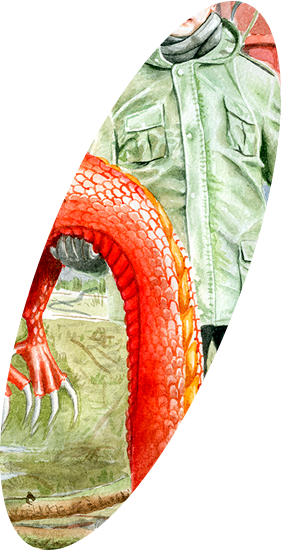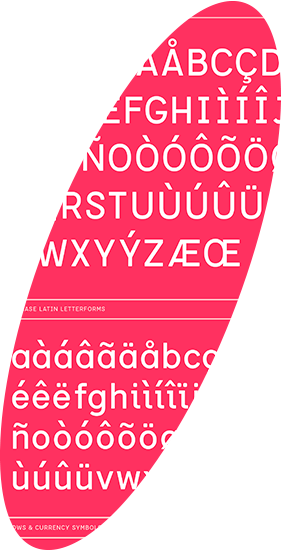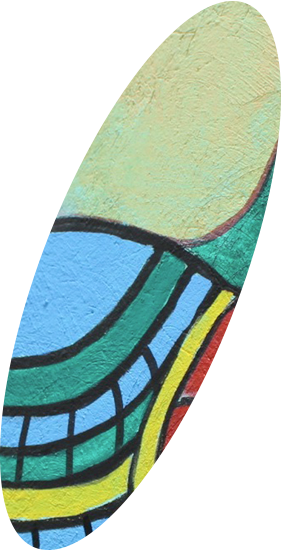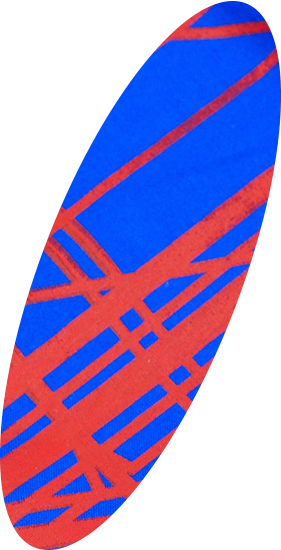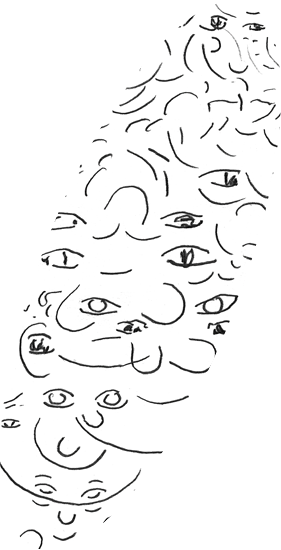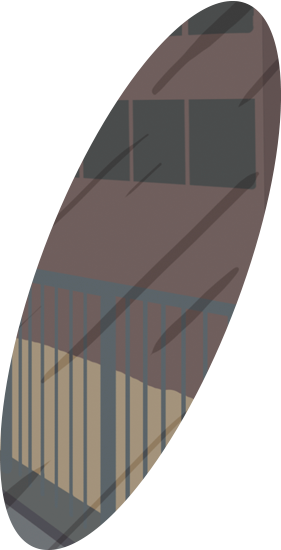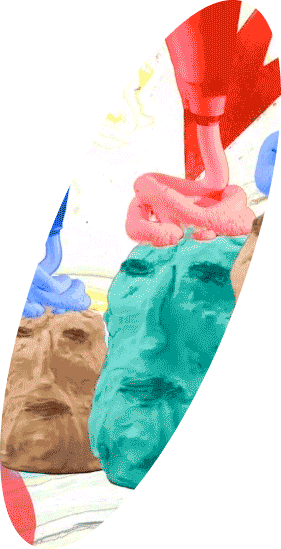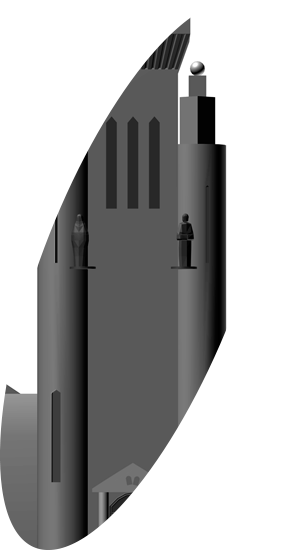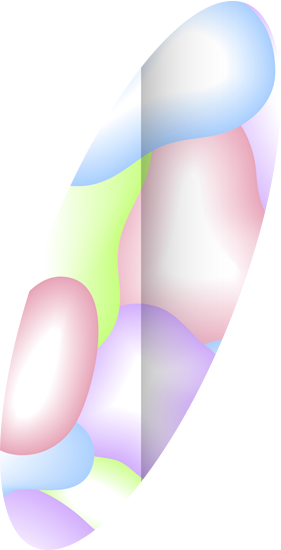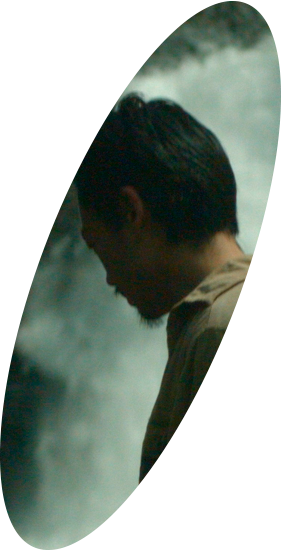Making Visible
In 1996, the feminist professor and activist, bell hooks, wrote: “Changing how we see images is clearly one way to change the world.”*
In this short sentence, hook captures crucial insights that affect our ways of understanding the past, the present, and the future. In formulating Konstfack’s new Master’s programme, Visual Communication, we will apply these insights. We believe that this is the first master’s programme ever to be labelled norm-creative within the field of visual communication.
So, what does this mean?
To us, working and thinking norm-creatively entails changing our perception of visual communication and its possibilities in an age when the spheres of politics and media are characterized by increased complexity. It requires revising and sometimes re-evaluating the kind of knowledge needed within the field, and it calls for interdisciplinary collaboration in relation to issues of human (in)equality. Most importantly, however, our students will go on to become graphic designers, illustrators and storytellers with skills and insights that few of their future colleagues, collaboration partners and clients will possess. Thus, their knowledge will make them proficient professionals who can choose to make a difference within their disciplines, but they will also have become fellow beings capable of critical thought and with an understanding of the ways in which their professional objectives are entwined with the challenges we face collectively as a society.
The students’ awareness is reflected in their projects that range from explorations of their own profoundly intimate stories to global-scale investigations. In the exhibition you will move between projects dealing with childhood memories, loneliness, performance anxiety, and sisterhood; but also materialism, cultural appropriation, transnational adoption, technological surveillance, and the expansionist nation-state needing to define and represent itself. These multifaceted subjects are broached with humour and melancholy, using infographics, playful comments, or subtle whispers.
Exhibitions, however, are rarely the main format for publishing visual communication. Our students’ future works will probably be present in the public and everyday life of printed and broadcast media consumption, and while we sometimes actively search out these means of communication, mass media is simultaneously a constant and absolute presence in our lives. The graduation of eleven students who have extensive knowledge of the including and excluding societal mechanisms at work in typefaces or children’s stories, gives us hope for the future.
Finally, we would like to welcome you to the exhibition with a quote from John Berger’s television show, “Ways of Seeing”:
“The visible has always been and still is man’s primary source of information about the world. (…) The world comes to us through the visible. But at the same time, this constantly reminds us that this is a world in which we risk getting lost. The visible and its spaces also removes the world from us. Nothing can be more ambiguous.”
Johanna Lewengard, Professor of Graphic Design
Joanna Rubin Dranger, Professor of Illustration
*Reel to Real: Race, Sex, and Class at the Movies, 1996
Att göra synligt
1996 skrev den feministiska professorn och aktivisten bell hooks: ”Changing how we see images is clearly one way to change the world.”*
Med denna korta mening fångar hooks insikter om både historia och samtid som vi har med oss i formandet av det nya masterprogrammet Visuell kommunikation här på Konstfack. Utbildningen är med största sannolikhet världens första uttalat normkreativa masterprogram inom området.
Så vad betyder det?
För oss har en normkreativ inriktning medfört att vi ytterligare behövt skärpa våra tankars rörlighet kring vad visuell kommunikation kan vara och göra i en tid som präglas av en snabbt ökande medial och politisk komplexitet. Det har inneburit att vi behövt se över och ibland omvärdera vilka behov av kunskaper en utbildning inom området kräver och öppna dörrar för dialog med områden som redan behandlar frågor om människors (o)lika villkor, såväl genom konsten som vetenskapen. Men viktigast av allt innebär det att vi nu examinerar grafiska formgivare, illustratörer och bildberättare med kunskaper som få av deras blivande medarbetare, samarbetspartners eller beställare har. Kunskaper som inte bara gör dem till skickliga yrkesutövare med möjligheter att göra skillnad inom sina respektive discipliner, utan också till kritiskt tänkande medmänniskor som vet hur privata ambitioner och offentliga utmaningar kan samverka i livet.
Det här återspeglas också i deras arbeten som rör sig mellan allt från det djupt personliga till det mest globala. I utställningen kan en förflytta sig mellan arbeten som berör barndomsminnen, ensamhet, prestationsångest, systerskap, men också materialism, kulturell stöld, internationell adoption, teknisk övervakning eller nationalstatens behov av expansion och definition. Komplexa frågor som möter oss med såväl humor som melankoli, genom informativa metoder, lekfulla kommentarer eller subtila viskningar.
Samtidigt är utställningsformen sällan det primära formatet för publicering av visuell kommunikation. Resultaten av våra studenters framtida arbeten kommer med största sannolikhet i stället att synas genom kanaler som är tillgängliga i fler människors vardag, i våra gemensamma gaturum likväl som i de tryckta eller rörliga medier vi rör oss genom. Ibland kommer vi välja att aktivt ta del av dem, men de kommer också att komma till oss utan att vi själva valt det. Att vi examinerar elva studenter som visar omfattande kunskaper om hur inkludering och exkludering skapas, oavsett om det handlar om bokstavsformer eller en barnboksberättelse – får oss att känna oss hoppfulla inför framtiden.
Med ett avslutande citat hämtat från John Bergers tv-serie ”Ways of Seeing” vill vi hälsa dig varmt välkommen!
”Det synliga har alltid varit och är fortfarande människans främsta källa till information om världen. (…) Genom det synliga kommer världen till oss. Men samtidigt påminner det oss oupphörligt om att det är en värld i vilken vi riskerar att gå vilse. Det synliga och dess rum avlägsnar också världen från oss. Ingenting kan vara mer dubbeltydigt.”
Johanna Lewengard, professor i grafisk design
Joanna Rubin Dranger, professor i illustration
*Reel to Real: Race, Sex, and Class at the Movies, 1996

 Visit: LM Ericssons väg 14, Stockholm
Visit: LM Ericssons väg 14, Stockholm